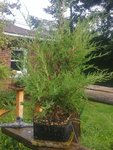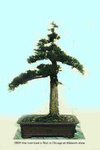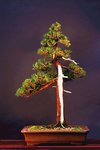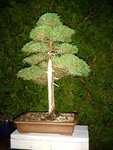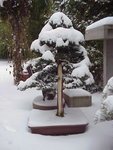Crazy Diamond
Omono
Hello from the Canary islands, here we have two species of native junipers: the J. phoenicea var canariensis and the J. cedrus who is similar to J. rigida. Both of them make very good bonsai, but a few weeks ago in my local nursery they were pruning some garden junipers so I ask to take a few cuttings, they were Juniperus virginiana a.k.a Eastern red cedars. I didnt know much about the species so I dive in the internet and forums searching information, and yes I was a bit dissapointed about what I found, but althoug many people hate them for many good reasons (they are invasive, make crappy bonsai, juvenile foliage, rust, etc) I will give the species a try: they look pretty much indestructible and fast growers and I dont mind the juvenile foliage, I would like all of you share your Eastern red cedars bonsais or prebonsais and tricks for keeping them as bonsai. I think its possitive to work with this tricky species with filosophy and patience instead of frustrating and going against their natural behavior.
Sorry if something its not redacted well english its not my mother language
Sorry if something its not redacted well english its not my mother language


